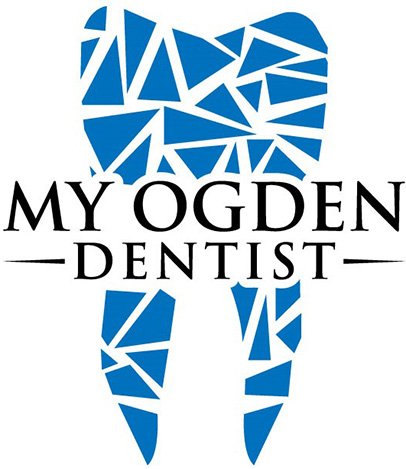Dental onlays, also known as partial crowns, are used to repair teeth that are damaged or decayed. In some cases, an onlay can be used instead of a crown to fix a tooth.
Read MoreDental crowns are used as treatment for cracked, broken, damaged, or severely decayed teeth to restore their function and appearance. If you need a crown, you may have some questions, like how do you clean a crown?
Read MoreDo you hide your teeth when smiling or laughing because your teeth have stains or discoloration? You are not alone. Approximately one third of Americans are unhappy with their smile. Fortunately, there are many teeth whitening solutions available, some more effective than others.
Read MoreCavities are very common. Most people don’t make it through life without getting at least one. According to the CDC, approximately 92% of adults have had at least one cavity.
Read MoreDental veneers are thin, tooth-colored shells of porcelain or composite resin that are permanently adhered to the front surfaces of your teeth. They are used to improve the appearance of crooked teeth, stains, chips, or cracks.
Read MoreAs a parent, you want the best for your child and that includes dental health. It is no easy task to teach oral hygiene to a child, and luckily, dentists have a method that can protect your child’s teeth from cavity-causing bacteria while they are learning to brush and floss.
Read MoreVery few people are blessed with naturally straight teeth; the rest of us must have orthodontic treatment to correct the alignment of our teeth and jaws so that we can chew, speak, and clean our teeth well. In an orthodontic screening, an orthodontist examines the teeth and jaw to determine if a child should have braces or other orthodontic treatment in the future.
Read MorePeriodontal disease is an infection of the gums, typically caused by neglectful brushing and flossing habits. Mild periodontal disease is known as gingivitis and includes symptoms such as red, swollen, or bleeding gums. Severe periodontal disease is called periodontitis, which can lead to painful chewing and even tooth loss.
Read MoreBrushing and flossing your teeth every day prevents cavities, gum disease, and halitosis, but at-home care is just part of an effective dental hygiene routine.
Read MoreLife is unpredictable and emergencies happen without warning. The best way to prepare for dental emergencies is to learn what to do when they occur. Here are the five most common dental emergencies.
Read MoreTeens are going through a lot. Their brains and bodies are developing, and they are trying to figure out who they are in this world. It’s common for them to neglect their dental health. This is why it’s extra important for teenagers to visit their dentist regularly, at least every six months.
Read MoreYou limit sugary foods in your child’s diet. You help them brush and floss their teeth. But at their next dentist appointment, they have more cavities. What more can you possibly do? There are many factors that come together to cause cavities, and it’s not just diet and brushing habits.
Read MoreHealthy gums are just as important as healthy teeth. If you have periodontal disease, also known as gum disease, regular treatment is essential for keeping it under control. This treatment is known as periodontal therapy.
Read MoreIf you have a thorough dental hygiene regimen of brushing and flossing daily, you may think it’s unnecessary to visit the dentist for a teeth cleaning. Brushing and flossing are essential for keeping healthy teeth but are not enough. Regular professional cleanings are necessary for preventing cavities, maintaining healthy gums, and monitoring your oral health.
Read MoreTaking care of your teeth at home can help keep your teeth healthy for the rest of your life. All it takes is a few minutes each day. Here are some things you can do on your own to take care of your teeth:
Read MoreAll dentists are trained on how to identify signs of oral cancer and will look out for those signs at every dental checkup. If you are concerned about oral cancer, you can request an oral cancer screening.
Read More















